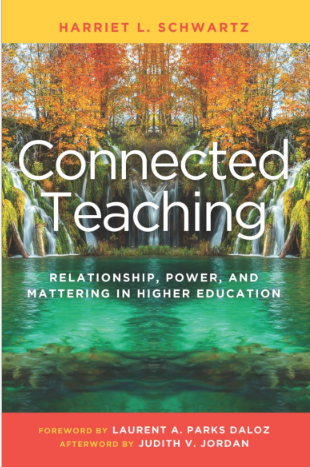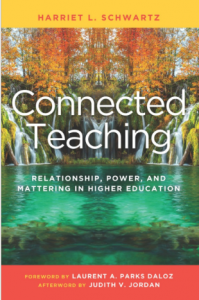 Over the past few years, I have participated in and facilitated several different types of mastermind groups (MMG) within and outside of higher education. (If you are not sure what a MMG is, see my earlier post here).
Over the past few years, I have participated in and facilitated several different types of mastermind groups (MMG) within and outside of higher education. (If you are not sure what a MMG is, see my earlier post here).
Most recently, I designed and co-facilitated an in-person MMG for educators in the first-year experience (FYE). The group was open to anyone who identified as an educator of students who are in their first year of an undergraduate degree. In this particular offering, there were 9 participants and the group was comprised of faculty members and staff at the University of British Columbia (Vancouver campus).
Given my positive experience with MMG, and the growing interest within the POD Network, I wanted to share some resources that will help you start your own.
Tips for the set-up phase
Here is a list of tips I have compiled to make the facilitator’s life easier in the setup phase:
1. Be as clear as possible about the purpose of the MMG when you advertise it. See here for how we articulated the purpose and structure for the MMG for FYE. In your introductory text, you may wish to:
- define what a MMG is and isn’t (and, possibly, address some people’s aversion to the term?)
- briefly explain what a spotlight is since it is a key feature of MMG
2. Once you have determined the purpose of your MMG, decide on the number of meetings and frequency of your meetings. We found that 4 meetings, every 2 weeks, worked well for this MMG. Meeting every 2 weeks allow the group’s energy to be sustained without overwhelming people with weekly commitments.
3. Set meeting dates/times ahead of time if (like me) you have an aversion to Doodle polls and to spending a lot of time trying to accommodate multiple people’s schedules. I found it easier to have the dates/times (and room bookings) pre-determined so that potential participants could easily ascertain whether they were available.
4. Begin to advertise the MMG approximately 2 months before the start date. This will give you a chance to promote it, answer questions from interested parties, and will augment the chances that people can block off the time in their calendar.
5. Consider a 2-step application process. For the MMG for Educators in the FYE, the first step asked potential participants to confirm that they could make 3 of the 4 meetings and that they were, in fact, actively involved in the FYE. The second step allowed me to reach back out to people and clarify anything that needed clarification and/or to immediately “accept” their application. See here for the wording/messaging that appeared on the CTLT website.
6. Specify whether the group is closed or open and who (if anyone) has permission to invite other participants. My preference is for a closed group that is consistent throughout the duration of the MMG.
I will be sharing more in a future post. If you have any questions, please reach out to me at isabeau(dot)iqbal(at)ubc(dot)ca. I am sure I’ve forgotten some details that would be helpful to others.





